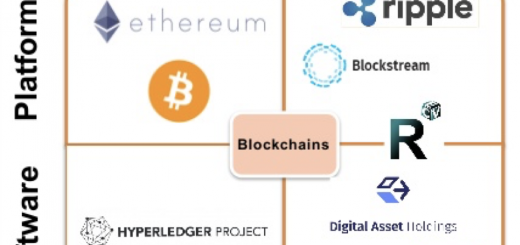Travel industry developments : newsletters with AMP for E-mail
How the travel business will benefit from AMP for Email. What is AMP for Email ? AMP for Email will make it possible to take simple actions (like booking a calendar appointment or RSVP-ing an event) directly within the layout of the email – users can interact with content without leaving the Gmail client and without visit a website.
The layout of traditional email is fairly rigid. AMP for email opens it up with elements like a carousel for media, lightboxes for images and text, and accordions for showing and hiding different sections.
AMP for Email is currently exclusively available for Gmail users. While Gmail is one of the most popular email clients with 26% of all emails opened in a Gmail inbox, on average, the audience for consumers that could see AMP-powered emails is limited. And it could be lower depending on your own audience. AMP for email only works in Gmail: Currently AMP for email is exclusive to Gmail. If your email list is primarily Gmail users, this may not be an issue. If it isn’t, you may have to create a non-AMP version of your email for non-Gmail users.
What are the benefits in Email Marketing for the Travel Industry? In the travel industry, especially for travel agencies and online travel booking portals, email marketing is the most important direct communication channel for getting in touch with their customers. There already plenty of good reasons to use email as your number one channel. But email is lacking dynamic elements. The recipient has to be referred to a website in order to perform further action. However, this technological gap is going to be closed rather soon with Google’s AMP for Email. Save website bandwith: Especially during seasonal peaks (i.e. winter holidays) booking websites tend to reach their request limits rather quickly. AMP-based emails will help to keep your customer busy and up-to-speed even if the website is down or slow. Read more details on How the travel business will evolve with AMP for Email.
But marketers’ excitement isn’t the only factor that will influence the adoption of AMP for Email. In fact, there are some major hurdles that might hinder marketers from even getting started with creating AMP-powered emails. Creating interactive emails using AMP for Email isn’t as simple as creating an HTML email. AMP for Email requires a third, separate MIME-type: text-x-amphtml.
Marketers often wish they could update the content of an email after it’s been sent to correct a mistake or refresh an offer. With AMP-powered emails, marketers will be able to do just that. But, the question is, should they be able to? Updating an email post-send could be troubling or confusing from a subscriber perspective. A medium known to consumers as a static one turns into a dynamic feed that the sender can change as they please. Imagine opening the same email once, twice, and then a third time expecting to find the same content and not? It’s a tactic that may lead to losing trust among your subscribers—a valuable commodity in email marketing.
Email is about to become more useful and interactive – or even more annoying and distracting, depending on how you look at it – thanks to Google’s new AMP for Email project. Essentially, the search giant is seeking to save people who get lost in the rabbit hole that is their smartphone. You know when you’re reading something on your phone and after clicking around for a few minutes you think to yourself, “what app am I in again?” And then it turns out you’re not actually reading that article in Safari – you’re in Facebook.








